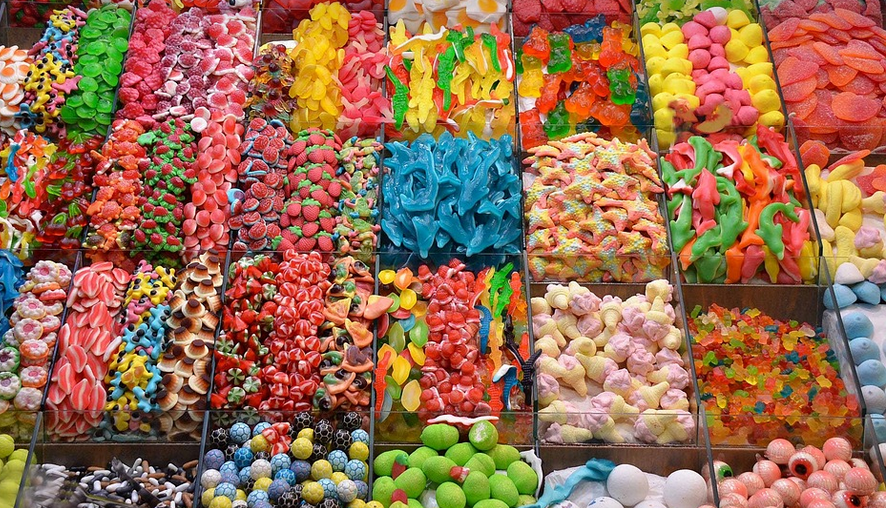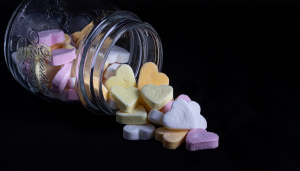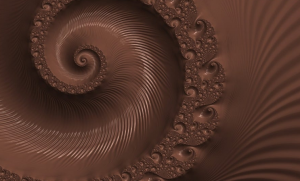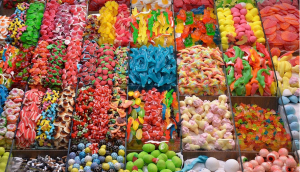
Exploring The World of DeCaf
Let’s dive into the world of decaf coffee, a beverage enjoyed by millions worldwide for its rich taste and gentle relaxation. And how do you even get that deliciousness without the caffeine kick? Enter the decaffeination process—an art form where bitterness meets balance. But what about those who want to embrace the coffee experience but are sensitive to caffeine’s effects?
If you’re a fan of the aroma and taste of coffee, yet find yourself avoiding extra jitters, then decaf coffee might just be your perfect cup. It allows you to savor the unique flavor profiles of different coffees without having to worry about the usual high-energy kick.
But how exactly do we achieve that smooth, balanced decaf experience? Well, there’s a fascinating history behind the process. Let’s dive into the world of decaffeination and discover some intriguing ways it is done.
The Water Process: A Gentle Touch on Flavor
One of the most popular and innovative methods for decaffeinating coffee beans is the water process, or “Swiss Water Decaffeination.” This method has revolutionized the industry and earned a reputation for producing high-quality, caffeine-free coffee. It relies on an ingenious system that utilizes natural materials.
The journey begins with sourcing high-quality green coffee beans. These beans are then carefully selected based on their unique flavor profiles. The real magic happens during the decaffeination process itself. Let’s break down the steps involved:
- Water Treatment: The first step involves a careful treatment of water to ensure it is free from any impurities that could affect the quality of the decaf experience.
- Coffee Bean Processing: Green coffee beans are processed with high-speed, carefully designed machinery to remove caffeine.
- Water Extraction Process: The beans are then exposed to water in a closed system and allowed to extract the desired flavor compounds.
The Swiss Water Decaffeination Method
The Swiss Water Decaffeination method, often used by roasters like Starbucks, is renowned for its meticulous approach. It focuses on using water as a natural and efficient way to remove caffeine while preserving the coffee’s original flavor. Here’s how it works:
- Water Extraction: The beans undergo an extraction process using carbon-filtered water with a special filter designed for this purpose.
- The Swiss Water Decoction Process: This involves using only pure, filtered water to extract the caffeine and other flavor compounds from the beans. To ensure purity and remove any residual coffee flavor, this process uses special filters that are crucial to producing high-quality decaf.
The Importance of Quality
As with all things in life, the quality of your decaf coffee is directly related to the source of the beans and the processing methods used. The best decaf coffees come from carefully selected beans, like those grown in specific regions known for their distinct flavors.
DeCaf: A World of Flavor
Decaf coffee offers a gateway to a world of delightful flavor profiles. Imagine sipping on a cup that is both smooth and rich, yet free from the caffeine-induced jitters. It’s the perfect option for those who are looking to indulge in their love for coffee without compromising their well-being or sleep schedule.
The world of decaf coffee is constantly evolving, with new brands and roasters emerging all the time. There’s a decaf coffee out there that fits your unique taste preferences – whether it’s nutty notes from French roast, chocolaty tones from Ethiopian blends, or a refreshing blend from Colombian beans.
Finding Your Perfect Decaf Blend
Finding the perfect decaf for you is all about exploring different brands and flavors. Whether you’re adventurous or prefer something familiar, there’s a great selection of decaf coffees to choose from!
So, next time you reach for that cup of coffee, consider trying out some decaf options. You might just stumble upon your new favorite brew! And as always, remember to enjoy the process of discovering and exploring the world of delicious decaf.



